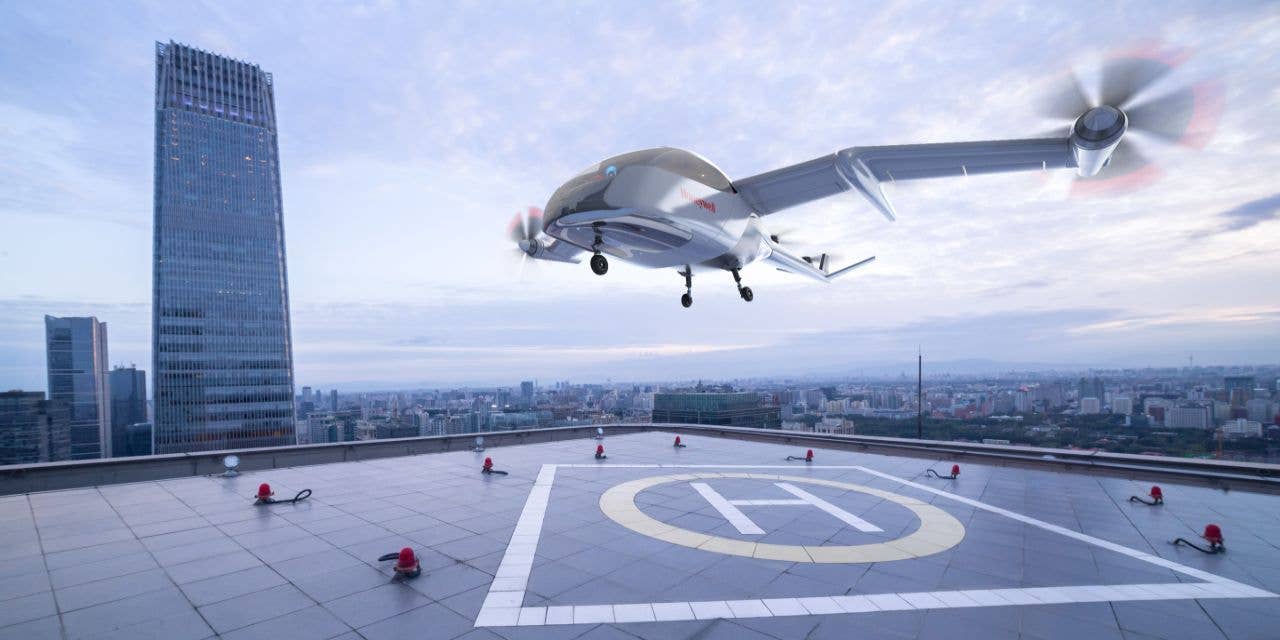Honeywell Flight Testing Autonomous Landing Sensors
Honeywell Aerospace has announced that flight testing is underway for sensors designed to help urban air mobility (UAM) vehicles land autonomously. According to the company, test aircraft are outfitted with…

Image: Honeywell Aerospace
Honeywell Aerospace has announced that flight testing is underway for sensors designed to help urban air mobility (UAM) vehicles land autonomously. According to the company, test aircraft are outfitted with the sensors and equipped with cameras that “analyze visual markings resembling QR codes” as a means of guiding the vehicle to the landing site. Testing has been conducted using Honeywell’s AS350 helicopter.
“Introducing numerous piloted and autonomous aircraft in dense urban environments is a real challenge in making the UAM vision achievable,” said Honeywell Aerospace Vice President and General Manager of Navigation and Sensors Matt Picchetti. “Navigation is a key part of Honeywell’s heritage, from the industry’s first autopilot to the opportunities we see today in urban air mobility. We are drawing on this expertise and our problem-solving capabilities to lead the way in identifying and bringing to market the most effective technologies to support safer, and increasingly autonomous, UAM operations.”
Testing is scheduled to continue throughout 2020, with the goal of gathering data and refining sensor capabilities. Honeywell says additional tests will be conducted in collaboration with some of its UAM partners, which include companies such as Vertical Aerospace, Volocopter, Jaunt Air Mobility, Pipistrel and DENSO. A Honeywell demonstration of fully automated landings expected in approximately 12 months.






